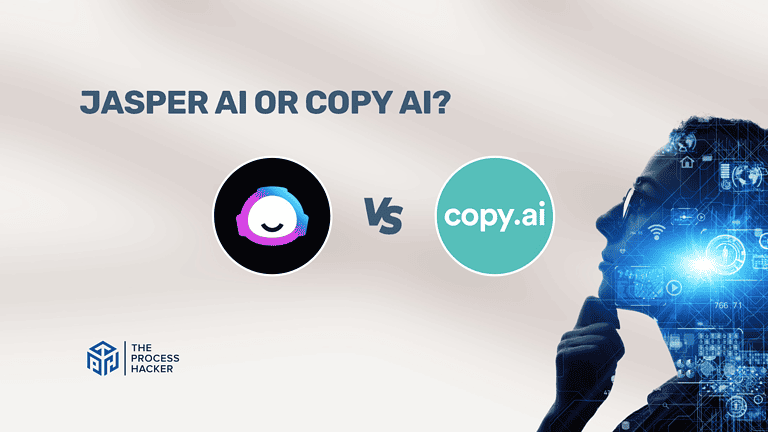Manage Your Tasks with the Eisenhower Matrix
“What is important is seldom urgent, and what is urgent is seldom important.”
President Dwight D. Eisenhower

From 1953 to 1961, Dwight D. Eisenhower served as the 34th President of the United States. Before being President, he rose to the rank of Five-star General in the US Army and commanded the Allied Forces to win back control of Europe during World War II.
What is the Eisenhower Matrix?

President Eisenhower created the method to support him in making difficult decisions about what work to focus on every day. The Eisenhower Matrix helps sort and prioritize tasks by urgency and importance, which are defined as follows:
- Urgent – requiring immediate action or attention.
- Important – of great significance or value; likely to have a profound effect on success, survival, or well-being.
These two categories of urgent and important can be further characterized into four ‘D’ groups, as shown on the Eisenhower Matrix: Do, Decide, Delegate, and Delete. If you are looking for a to-do list tool to organize your tasks, check out our review of ClickUp or Todoist!
Do
Tasks to DO are important and urgent. These tasks need to be dealt with immediately.

In the Eisenhower Matrix, the main action for DO tasks is to manage the situation as these tasks can be crises, driven by deadlines, or emergencies. In an ideal world, it would be beneficial to plan for these tasks; however, we will have no choice but to deal with the situation at hand.
Sometimes we can prepare for these critical tasks, but life doesn’t go according to plan, and we have to get these tasks done immediately. You can use the 10X Rule to take action right away!
For example, if your child got hurt from playing football, you have to drop everything you are doing and take them to the emergency room. Or if you were organizing an event, and the AV equipment stops working. You may have tasks planned or small distractions that pop up, but these tasks will have to be downgraded in priority such that the DO task gets done.
Decide
Tasks to DECIDE upon are important but not urgent. These tasks do not require your immediate attention but need to be planned for.
In the Eisenhower Matrix, the main actions for DECIDE tasks are to plan and focus as these tasks can be for project work blocks, working out, reading books or articles, or spending time with others. The key to prioritizing your activities in your life or business is by mastering this quadrant.
We will decide on which tasks rise to the level of importance such that we have to plan for them. We can set aside time each week or relevant period to schedule when our DECIDE task will get done. Suppose that you are writing a report at work that is due in a couple of months. You can schedule work blocks dedicated to working on the report each week leading up to the deadline.
Delegate
Tasks to DELEGATE are not important but urgent. These tasks can be distracting and can be given to someone or something.
In the Eisenhower Matrix, the main actions for DELEGATE tasks are to use caution as these tasks can be difficult for us to do ourselves, can be distracting, or are administrative. Some of these tasks could include responding to interruptions by email or phone notifications or doing administrative work like editing posts or scheduling meetings.
We all have activities that could be a waste of our own time and effort. Instead, these tasks can be better assigned to someone else or outsourced to another app or service provider to get done. These tasks to DELEGATE could include hiring that additional person to help our team, paying the neighbor’s kid to mow our lawn, or getting help from a mentor. I use several applications like WordPress, Grammarly, and WordPress, to help me create my website, blogs, and Instagram posts. I would waste a lot of time and energy if I were to build my site or content from scarce.
Delete
Tasks to DELETE are items that add little to no value and should be minimized or eliminated.
In the Eisenhower Matrix, the main actions for DELETE tasks are to avoid as these tasks can waste our time and can be mindless or not meaningful. Some of these tasks include the endless scrolling of social media, binging TV for hours, or sorting through junk mail.
Most of us have a bunch of personal and professional tasks that are utterly unnecessary or not important. However, we have to be careful as we cannot just get rid of everything. These tasks to DELETE could include not attending meetings or calls that don’t matter, deleting social media applications from specific devices, or not going to events that you’re iffy about.
Exercise: Apply the Eisenhower Matrix
I would suggest applying the Eisenhower Matrix during the planning session before starting a new project or the next relevant period (week, month, year, etc.). At these moments in our life, we have a bunch of new ideas about the things we want to accomplish during that project or period.
Here is a simple method to apply the Eisenhower Matrix for your tasks to stay organized at work and plan for the next project or next month:
- Write down all the tasks that you can think of for you to get done for that project or in that month onto a sheet of paper or in your note application.
- Sort the tasks into the four quadrants on the Eisenhower matrix.
- Plan your project or month accordingly, the tasks that can be done immediately, planned for, delegated, or deleted.
Next Steps
If you have any further questions or need additional help, feel free to comment below or send me an email. Also, if you want more Process Hacker content, you should subscribe to our weekly newsletter on Productivity, Habits, and Resources.










